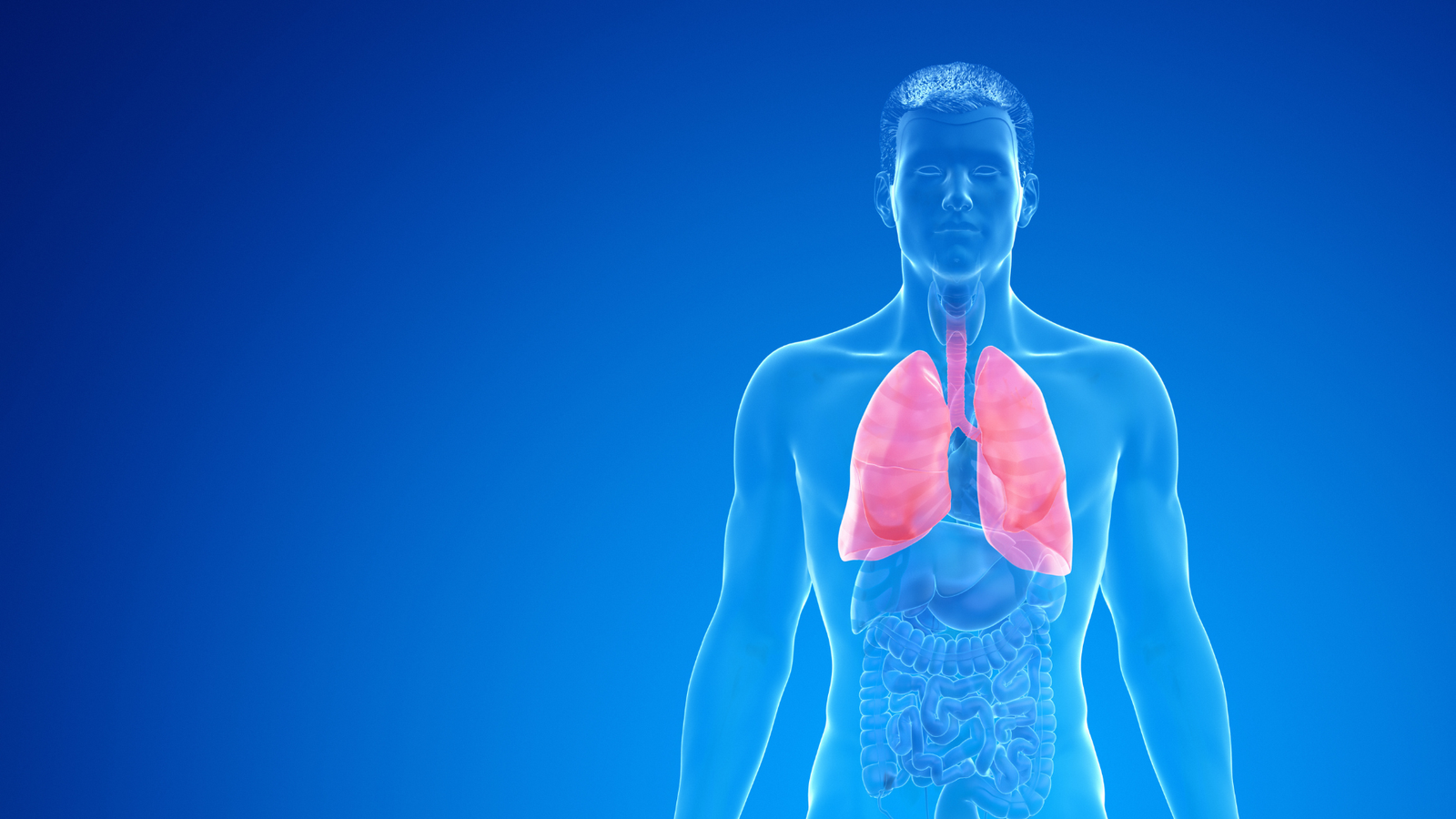
What is COPD? Symptoms, Treatment & Tips
Last Updated on September 7, 2025
COPD: Symptoms, Treatment & Tips for Better Life Quality
Contents
COPD stands for Chronic Obstructive Pulmonary Disease, a chronic, progressive lung condition. In people with this disease, breathing becomes obstructed (airway obstruction). This serves as an umbrella term for airway inflammation (bronchitis) and damage to the air sacs (emphysema).
When you have COPD, you frequently experience breathing difficulties. COPD represents a chronic disease.
COPD encompasses two main lung diseases:
- Chronic Bronchitis
- Pulmonary Emphysema
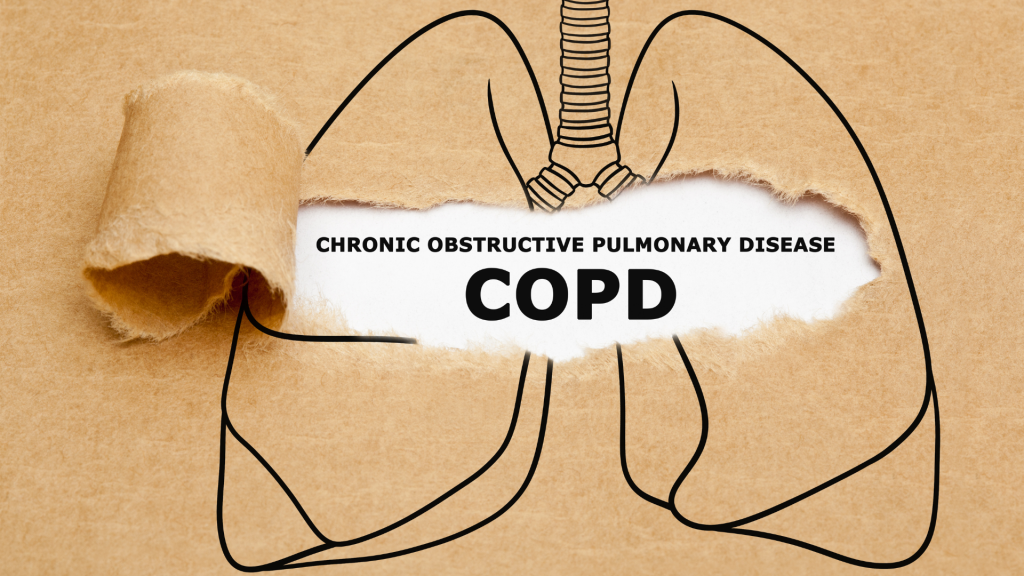
Chronic Bronchitis: In chronic bronchitis, airway walls undergo changes. There’s an increase in inflammatory cells and cells that produce mucus (mucus goblet cells). The mucus goblet cells crowd out cilia cells in the lungs that handle mucus drainage. This reduces your ability to clear mucus from the lungs. Over time, due to potential cilia cell loss, the “cilia escalator” stops functioning properly and can no longer clear mucus effectively. The remaining mucus can create a fertile breeding ground for bacteria.
Pulmonary Emphysema: Groups of air sacs in your lungs are separated by walls. In emphysema, these walls disappear. The lungs then become less elastic. When you exhale, your airways get squeezed shut, making breathing more difficult. This leads to shortness of breath.
COPD Symptoms
- Fatigue
- Coughing up phlegm (chronic bronchitis)
- Shortness of breath during activity and at rest
- Wheezing (sometimes)
- Asthmatic symptoms (sometimes)
Most COPD patients are older than 40 years. Smoking causes COPD in more than 85 percent of patients. The exact process remains unknown. Eventually, 10 to 20 percent of smokers develop COPD. Predicting who will get COPD is impossible. The more and longer you smoke, the greater your risk of developing COPD.
Besides smoking, other causes of COPD exist. In about 15 percent of people with COPD, the disease results from prolonged exposure to small dust particles at work. A congenital enzyme deficiency can also cause COPD.
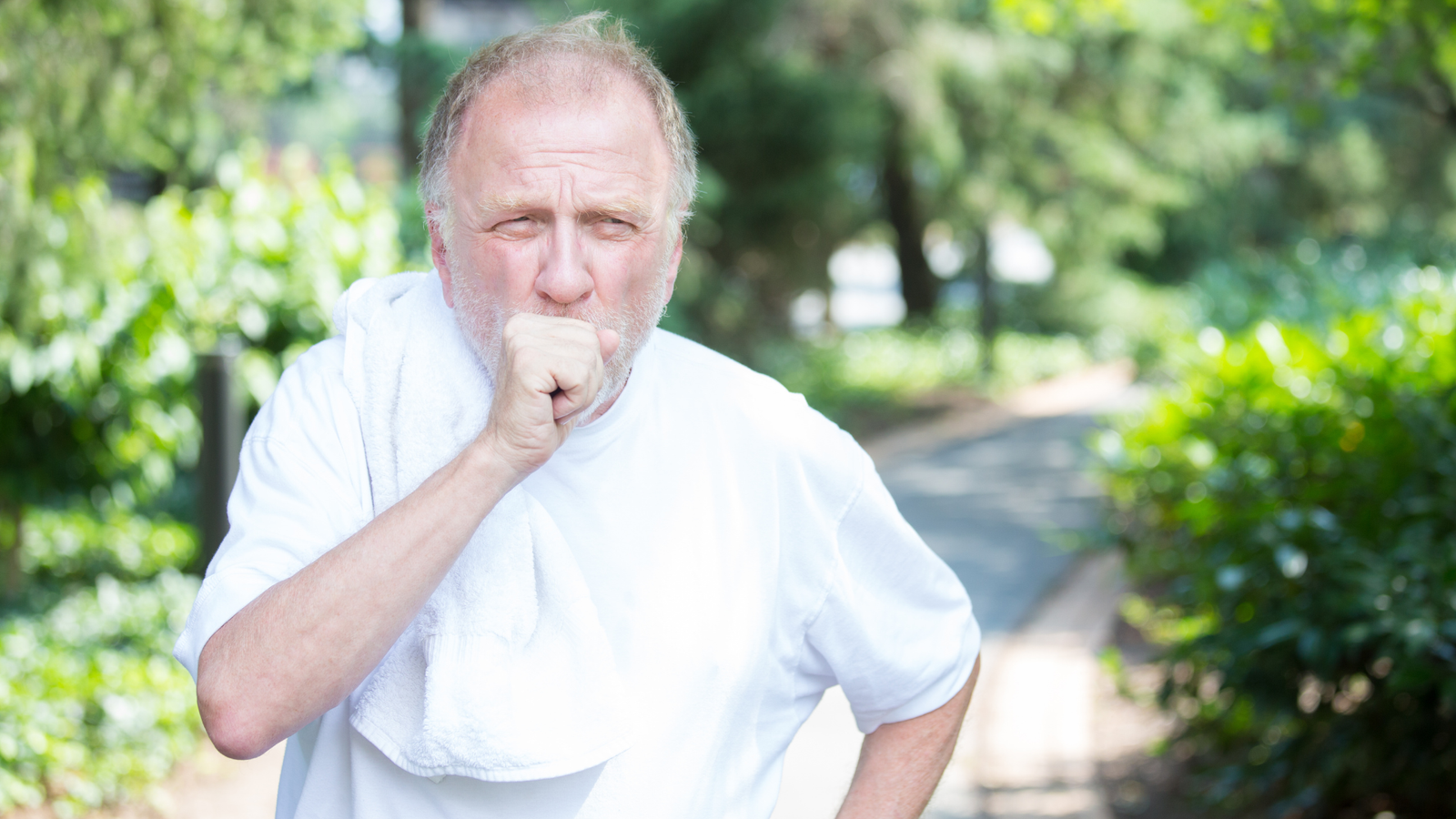
COPD Treatment
The goal of COPD treatment is to reduce your symptoms and prevent possible worsening. Avoiding triggers and taking medication plays a crucial role.
The best remedy is stopping smoking. As long as you continue smoking, the disease will worsen. When you stop smoking, you will start feeling better.
Some other medications to relieve symptoms:
- Airway dilators that widen the airways
- Corticosteroids in inhalation or tablet form to reduce inflammation and lung attack risk
- Antibiotics to fight infections
You can start exercising under supervision. This will make you feel better and more fit. More fitness centers are offering programs for COPD patients. You may also need pulmonary rehabilitation. Sometimes, you’ll also be advised to seek nutritional guidance from a dietitian.
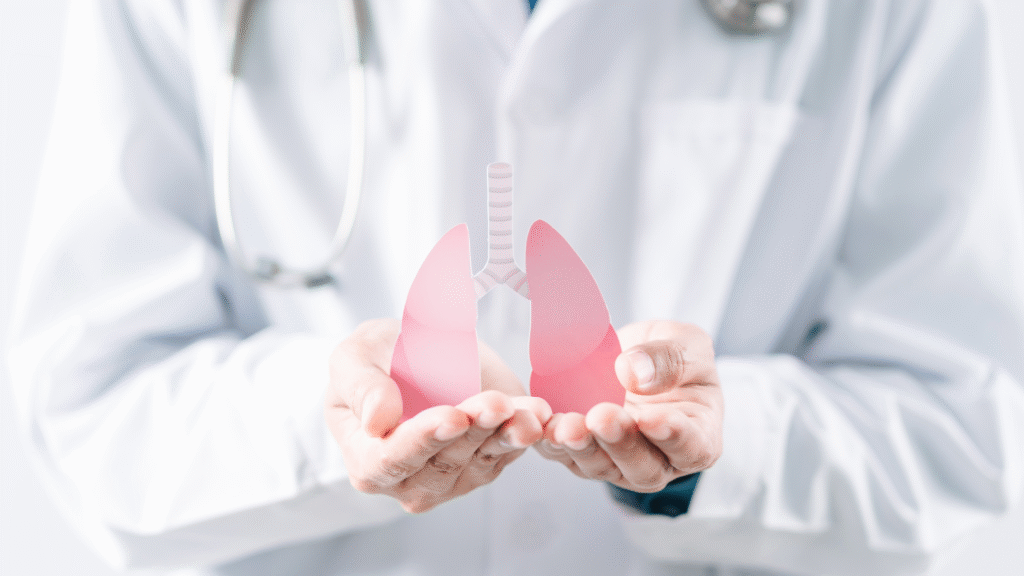
What if Lungs Are Damaged?
Fatigue and Breathlessness
Exhaling can be difficult and breathing often becomes faster. Wheezing and frequent coughing are common symptoms. Because insufficient oxygen enters the blood, you may often feel very tired. Try to distribute your energy throughout the day and avoid activities that exhaust you as much as possible.
What You Can Do to Improve Life Quality
You must take responsibility for managing your life with COPD. After all, you can improve your own well-being. When possible, avoid triggers that you cannot tolerate (such as pets, smoking). Engage in regular exercise and maintain a healthy diet.
A lung function test, or spirometry, is a test that measures your lung capacity. When your lung capacity is significantly less than normal, it could indicate that you have COPD.
Good food choices and good physical condition can reduce COPD symptoms.
To improve your condition, combining nutritional therapy and exercise therapy is the best approach. Good nutrition alone isn’t sufficient. You can only start building muscle when you train those muscles. Without exercise or training, energy converts into fat instead of muscle.
You don’t need to think about a tough training program. You can achieve good results by getting into the habit of walking a few times daily, taking stairs more often, or cycling a bit. Additionally, there are special exercises to strengthen leg, arm, and breathing muscles. A physiotherapist can guide you in this.
Research shows that consuming 10 to 20 grams of protein immediately after exercise can promote muscle growth. Make sure you consume enough protein within two hours after exercising, for example through a bowl of cottage cheese or a slice of bread with 2 slices of cheese.
Please note that all these choices and activities must be planned with your doctor, training coach, and dietician together.
Tips for eating difficulties
- Make sure you sit upright when eating.
- Try to eat calmly. Swallow a bite completely and breathe deeply before taking the next bite.
- Make sure you are rested before starting a meal.
- Consume breakfast before washing. When necessary, prepare the food the night before.
- Eat food that you can easily chew, for example soft meat such as minced meat or ground meat, softly cooked vegetables, possibly a stew.
- Are you taking medications? Use them correctly and at the right time.
- With oxygen therapy, oxygen must also be used during meals.
Tips for poor appetite
- Eat small portions more often per day. Large quantities can quickly become unpleasant.
- Make sure meals look attractive and smell good. The smell can stimulate appetite.
- When you don’t like the food, suck on a piece of candy or chewing gum before a meal. This way you stimulate salivation.
- Eat the largest meal at the time of day when you feel best. For example, eating a hot meal in the afternoon instead of evening when you’re often very tired at day’s end.
- Provide sufficient variety. Alternate cold, warm, sweet, and savory dishes.
- Drink a little broth half an hour before eating.
- Take a rest before meals, about half an hour, otherwise you may be too tired to eat.
Tips when you suffer from mucus formation in the mouth or throat
- When you think that milk and milk products cause mucus, try a different milk product and don’t just omit dairy from your diet. You really need the proteins from dairy.
- Milk, hot chocolate, chocolate, porridge, and custard can cause a sticky feeling. This can disappear by taking a sip of water, soft drink, or fruit juice afterwards.
- Sour milk products, such as buttermilk, yogurt, and cottage cheese, cause less mucus formation in the mouth.
Seeing your doctor and dietician regularly is the best way to follow up on your COPD situation and its effects on you.
Doctors may recommend the following medications for COPD management:
Ventolin – A bronchodilator that helps open airways for easier breathing
Relvar (Breo Ellipta) – A combination medication for long-term COPD control
For patients managing COPD alongside other conditions, medications like vermazol for infections or hepazec for liver support may also be prescribed as part of your overall health management plan.
Always consult with your healthcare provider about the most appropriate treatment options for your specific COPD condition and any other health concerns you may have.

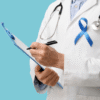


Add comment